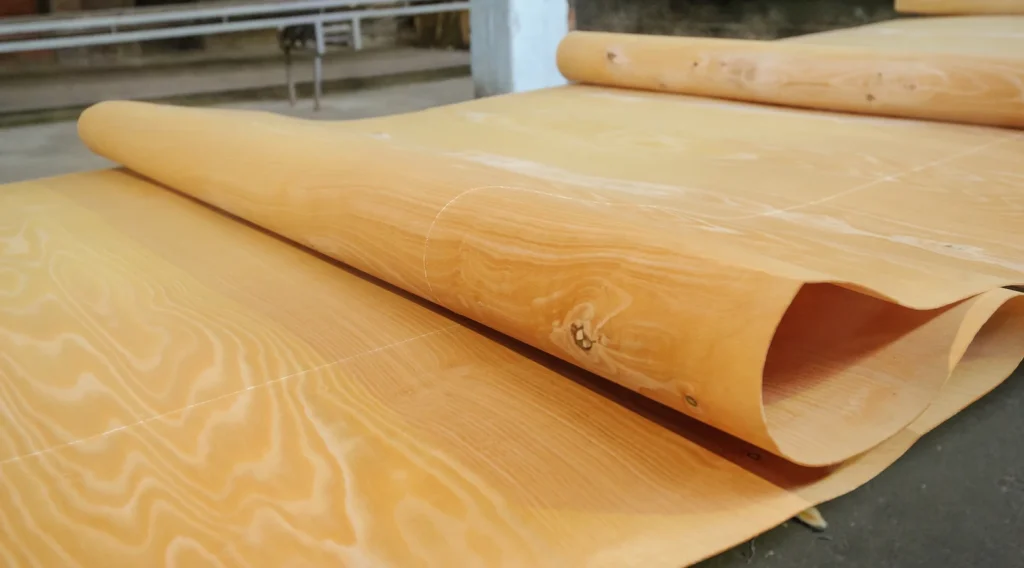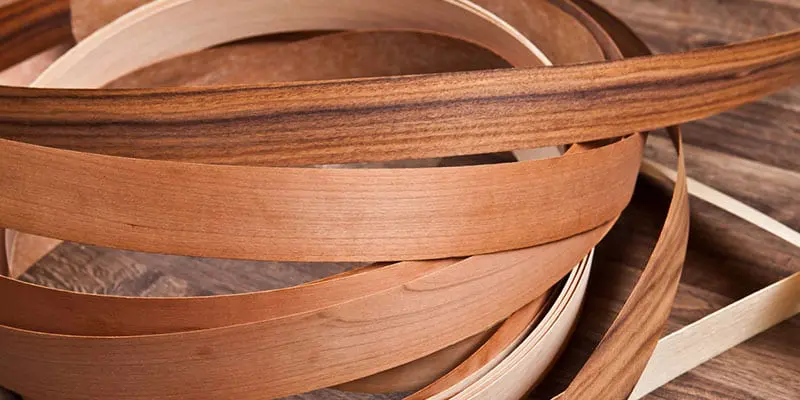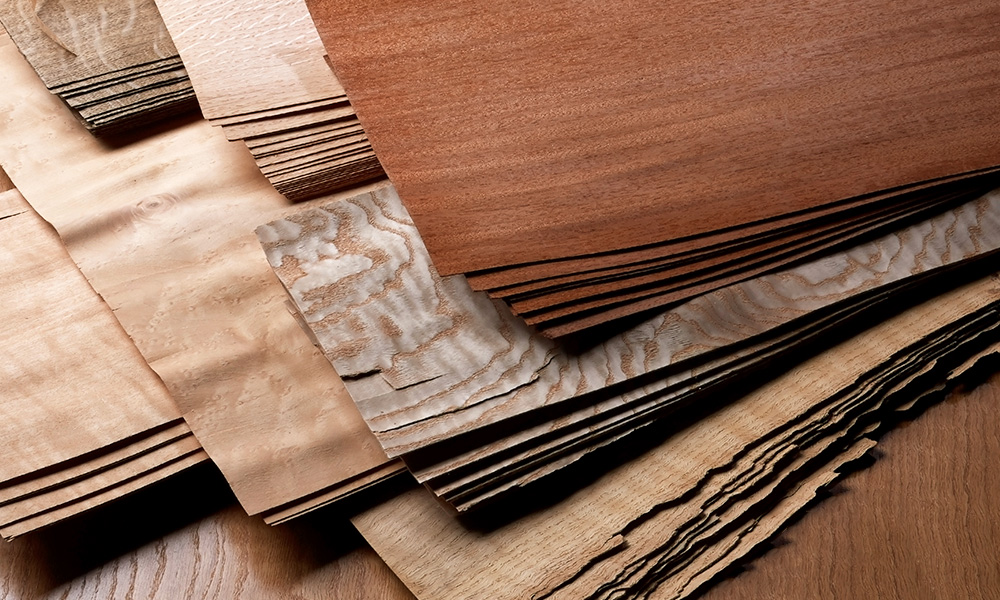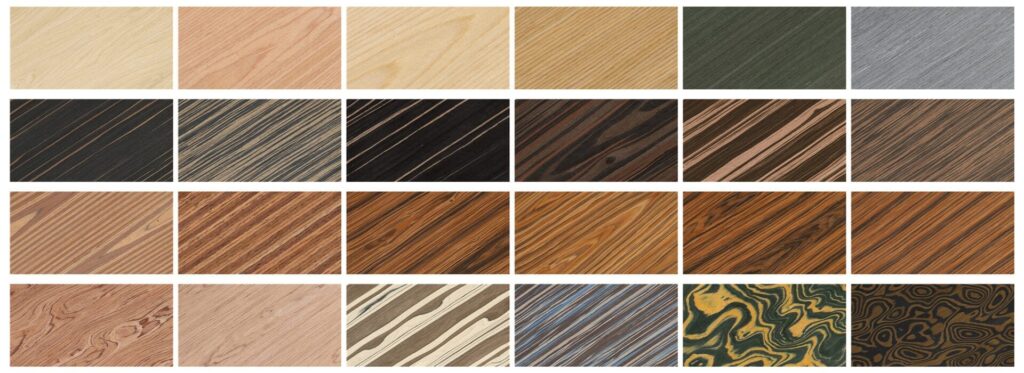Veneer Flooring
Veneer Flooring: A Comprehensive Guide
Veneer flooring has gained popularity in modern interior design for its aesthetic appeal, cost-effectiveness, and environmentally friendly properties. This guide explores the details of veneer flooring, including its features, benefits, installation process, maintenance, and frequently asked questions.
Table of Contents
-
What is Veneer Flooring?
-
Types of Veneer Flooring
-
Benefits of Veneer Flooring
-
Drawbacks of Veneer Flooring
-
Comparison Between Veneer and Other Flooring Types
-
Installation of Veneer Flooring
-
Maintenance Tips for Veneer Flooring
-
FAQs About Veneer Flooring
1. What is Veneer Flooring?
Veneer flooring, often referred to as engineered wood flooring, is a type of flooring made by layering a thin slice of real hardwood on top of a core made from plywood or fiberboard. This combination gives veneer flooring its durability and resistance to warping while maintaining the elegant appearance of traditional hardwood.
Key Components of Veneer Flooring:
-
Top Layer: A thin layer of real hardwood, typically between 0.5mm and 6mm thick.
-
Core Layer: Made of high-density fiberboard (HDF) or plywood, providing stability and support.
-
Bottom Layer: Balancing layer to ensure the plank’s structural integrity.
2. Types of Veneer Flooring
Veneer flooring comes in various types based on wood species, finishes, and installation methods:
A. Based on Wood Species:
-
Oak Veneer Flooring: Known for its classic appearance and durability.
-
Maple Veneer Flooring: Light-colored and suitable for modern aesthetics.
-
Walnut Veneer Flooring: Dark, rich tones for luxury interiors.
-
Exotic Wood Veneers: Bamboo, teak, or mahogany for unique designs.
B. Based on Finishes:
-
Glossy Finish: Offers a shiny, reflective surface for a modern look.
-
Matte Finish: Provides a natural, understated appearance.
-
Hand-Scraped Finish: Creates a rustic, textured look.
C. Based on Installation Methods:
-
Click-Lock System: Planks fit together like a puzzle for easy installation.
-
Glue-Down Method: Suitable for commercial settings requiring stronger adhesion.
-
Nail-Down Method: Offers additional stability but requires professional installation.
3. Benefits of Veneer Flooring
A. Aesthetic Appeal:
The real wood veneer provides the authentic look of hardwood, enhancing the overall aesthetics of a space.
B. Cost-Effectiveness:
Compared to solid hardwood, veneer flooring is more affordable without compromising appearance.
C. Durability:
The engineered core prevents warping, making it suitable for areas with fluctuating temperatures or humidity.
D. Eco-Friendly:
Using a thin layer of hardwood reduces the demand for full logs, conserving forests.
E. Versatility:
Available in various designs, colors, and finishes, veneer flooring complements any interior style.
F. Ease of Installation:
Many types of veneer flooring come with user-friendly installation systems like click-lock mechanisms.
4. Drawbacks of Veneer Flooring
A. Thin Wear Layer:
The top layer can only be sanded or refinished a limited number of times.
B. Susceptibility to Scratches:
Although durable, the top veneer layer is more prone to scratches compared to solid hardwood.
C. Water Resistance:
While the core resists warping, prolonged exposure to moisture can damage the flooring.
D. Lifespan:
Typically lasts 10–30 years, shorter than solid hardwood which can last a lifetime.
5. Comparison Between Veneer and Other Flooring Types
| Feature |
Veneer Flooring |
Solid Hardwood |
Laminate Flooring |
Vinyl Flooring |
| Cost |
Affordable |
Expensive |
Low |
Very Low |
| Durability |
High (engineered core) |
Very High |
Moderate |
High |
| Appearance |
Real wood |
Real wood |
Wood-like (printed) |
Variety of looks |
| Eco-Friendliness |
Uses less wood |
High resource usage |
Synthetic materials |
Synthetic materials |
| Maintenance |
Moderate |
High |
Easy |
Easy |
6. Installation of Veneer Flooring
Installing veneer flooring is relatively straightforward, making it an attractive option for DIY enthusiasts and professionals alike.
Step-by-Step Installation Process:
-
Prepare the Subfloor: Ensure it is clean, level, and dry.
-
Acclimate the Planks: Allow the flooring to adjust to room temperature and humidity for at least 48 hours.
-
Choose the Layout: Plan the layout of planks for a visually appealing design.
-
Install Underlayment: Lay an underlayment to enhance comfort and sound insulation.
-
Place the Planks:
-
For click-lock systems, interlock the planks.
-
For glue-down systems, apply adhesive and press the planks firmly.
-
For nail-down systems, nail the planks to the subfloor.
-
Trim Excess Material: Use a saw to cut planks to size where necessary.
-
Finish Edges: Install baseboards or moldings for a polished look.
7. Maintenance Tips for Veneer Flooring
Proper care extends the life and beauty of veneer flooring.
Dos:
-
Sweep Regularly: Use a soft-bristle broom or vacuum cleaner to remove dirt.
-
Wipe Spills Immediately: Prevent water damage by cleaning up spills promptly.
-
Use Protective Pads: Place pads under furniture legs to avoid scratches.
-
Maintain Humidity Levels: Keep indoor humidity between 30-50%.
Don’ts:
-
Avoid Excess Water: Never use a soaking wet mop.
-
Skip Abrasive Cleaners: Avoid harsh chemicals or abrasive pads.
-
Don’t Drag Furniture: Lift furniture instead of dragging it across the floor.
8. FAQs About Veneer Flooring
Q1. What is the difference between veneer and laminate flooring?
A1. Veneer flooring uses a real hardwood layer, while laminate flooring uses a printed photographic layer mimicking wood. Veneer looks more authentic and adds resale value.
Q2. Can veneer flooring be refinished?
A2. Yes, but only a limited number of times depending on the thickness of the top veneer layer.
Q3. Is veneer flooring suitable for kitchens and bathrooms?
A3. Veneer flooring can be used in kitchens if sealed properly but is not ideal for bathrooms due to high moisture exposure.
Q4. How long does veneer flooring last?
A4. With proper care, veneer flooring can last between 10 and 30 years.
Q5. Is veneer flooring environmentally friendly?
A5. Yes, it uses less hardwood compared to solid wood flooring, conserving natural resources.
Q6. Can I install veneer flooring over radiant heating?
A6. Yes, veneer flooring is compatible with radiant heating systems.
Q7. How much does veneer flooring cost?
A7. Prices vary depending on the wood species and quality but typically range from $3 to $12 per square foot.
Q8. Can veneer flooring be installed over existing flooring?
A8. Yes, it can be installed over concrete, tile, or vinyl, provided the subfloor is level and clean.
Q9. What tools are required for veneer flooring installation?
A9. Basic tools include a saw, measuring tape, underlayment, adhesive (if required), and a hammer.
Q10. How do I clean veneer flooring?
A10. Use a damp mop with a gentle wood cleaner, ensuring no excess water remains on the surface.



